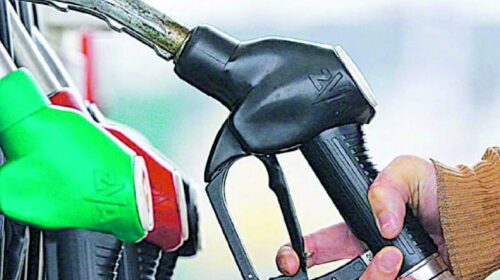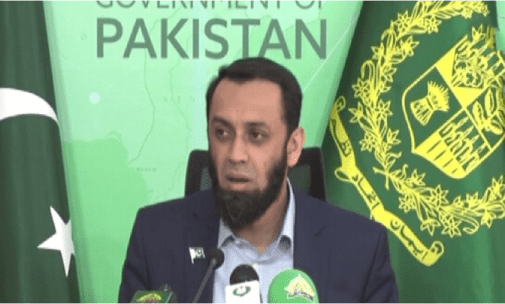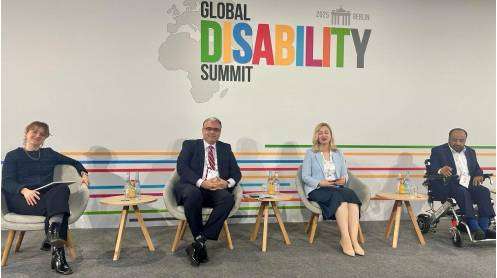The price of diesel is set to cross Rs200 per litre for the first time in history on the back of soaring crude oil prices in the global market and sharp depreciation of the rupee against the
US dollar.
In the second fortnight of current month starting April 16, the newly formed government would be required to either jack up the price of diesel by Rs60.54 per litre or enhance subsidy to maintain the existing price, officials said.
If the leadership chooses to increase the price, the per-litre diesel cost will jump to Rs204.69.
Earlier, former prime minister Imran Khan announced a reduction of Rs10 per litre in petrol and diesel prices and a price freeze till the announcement of budget for 2022-23.
Sources pointed out that the new government would be in a critical situation and might choose not to increase prices in a bid to win over public support.
Officials said that the previous Pakistan Tehreek-e-Insaf (PTI) government had maintained petroleum prices since mid-March, which pushed up the subsidy bill for petroleum products by Rs30 billion for the first fortnight of April.
However, the decision of keeping oil prices unchanged had no legal cover as it had not been officially approved.
If the current government decides to continue the policy, then it will be forced to give another Rs30 billion in subsidy from April 16 to 30. Overall, it will have to bear a burden of Rs60 billion for keeping oil prices unchanged.
Officials said that the rupee depreciation against the US dollar had also had an impact, which resulted in an increase in petroleum prices by Rs5.54 per litre, or 3.03%. The average dollar value jumped from Rs182.15 to Rs188.15 in the past
few days.
High-speed diesel (HSD) is mainly used in transport and agriculture sectors. At present, the sowing season is underway, therefore, the fuel consumption will be higher, which will place an additional burden of subsidy or price differential claims (PDC) on the government.
On the other hand, the government will have to either hike the petrol price by Rs24.1 per litre or give subsidy to keep it unchanged for the next fortnight. Petrol is used in motorbikes and cars across the country.
Compressed natural gas (CNG) stations in Punjab have already switched over to expensive imported gas, therefore, consumers in the province will face a major crisis if the petrol price goes up.
The government will also have to give a subsidy of Rs38.41 per litre on kerosene oil and Rs39.56 per litre on light diesel oil.
Kerosene oil is used in the remote areas where LPG is not available. The largest consumer of kerosene oil is Pakistan Army in the northern parts of the country. Light diesel oil is used in the industry.
Circular debt in the oil and gas sectors is worsening and with the accumulation of subsidy and PDC, the debt will increase further in the coming days.
The Petroleum Division sent a summary to the Economic Coordination Committee (ECC) on April 1, 2022, seeking allocation of an additional Rs55 billion through a supplementary grant for the disbursement of PDC to refineries and oil marketing companies for April 2022. The matter has not yet been considered by the ECC.
Now, the new government will have to take up the matter. It will either have to pay subsidy or increase prices of petroleum products.
International energy markets remain volatile as premiums on motor spirit (petrol) and high-speed diesel stay high. With this, the liquidity position of oil marketing companies and refineries has come under stress.
Subsidised prices of petroleum products add to this stress because full cost recovery is made only when PDC is processed after a lag of almost one month.
If energy markets remain in the present situation, the estimated amount of PDC for April 16 to June 30, 2022 will be Rs136 billion.
This is in addition to the already allocated amount of Rs31.73 billion for March 2022 and yet to be allocated amount of Rs26.47 billion for the first fortnight of April.







